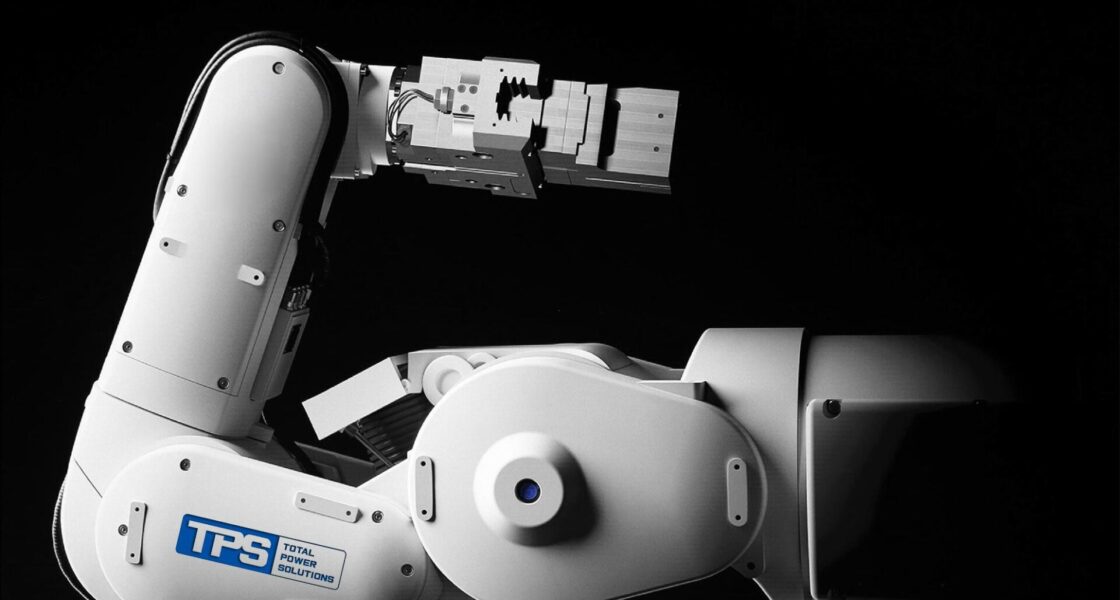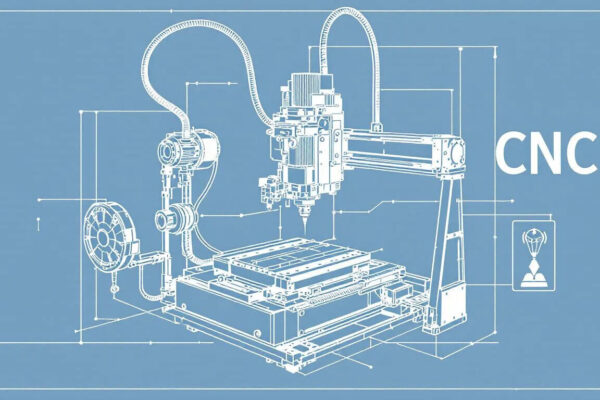Key Takeaways
- Medical device software specialists design and validate software for Class I–III devices under strict regulatory frameworks (e.g., IEC 62304, ISO 13485) and applicable FDA pathways.
- Strong partners provide end-to-end support—from concept and risk management to verification/validation, market submission, and post-market activities.
- Core expertise areas include cybersecurity, interoperability, usability engineering, and risk management to protect patients and ensure compliance.
- Working with an experienced partner can streamline processes, reduce rework, and improve submission quality—often accelerating time to market.
- Evaluate partners on certification, device-class experience, submission track record, documentation quality, and post-market support.

What Do Medical Device Software Development Companies Do?
Medical device software development companies are specialized providers focused on building software for healthcare and medical devices. Unlike general software vendors, they operate within regulated quality systems and follow medical standards such as IEC 62304 (software lifecycle) and ISO 13485 (quality management).
They support both:
- Software as a Medical Device (SaMD)—software that performs a medical purpose without being part of a hardware device.
- Embedded medical software—software running on or in a device.
Beyond coding, these firms manage regulatory engineering, usability/human factors, risk management, clinical validation planning, and post-market surveillance—so products are not only functional but also safe, effective, and compliant.
Core Services Offered
Regulatory Compliance & Documentation
- Preparation and maintenance of software documentation aligned with IEC 62304 and current FDA expectations (e.g., classification, architecture, design controls, verification/validation).
- ISO 14971 risk management file creation and updates, with software-specific hazards and mitigations.
- Usability engineering per IEC 62366-1, in line with the FDA’s focus on human factors.
- Guidance on appropriate regulatory pathways (e.g., 510(k), De Novo, PMA) and FDA Q-Submission (pre-submission) interactions.
Software Development & Engineering
- Embedded development for Class II/III devices (e.g., life-supporting/critical applications), including real-time operating systems and safety-critical coding practices.
- SaMD/cloud/mobile development with attention to security and privacy (e.g., HIPAA in the U.S.) and platform-specific requirements.
- Support for AI/ML projects (dataset governance, algorithm verification/validation, performance monitoring).

Cybersecurity & Data Protection
- Threat modeling, secure architecture, encryption in transit and at rest, access control, audit logging, vulnerability management, and incident response planning—aligned with current FDA cybersecurity expectations.
- Post-market cyber monitoring and coordinated vulnerability disclosure processes.
Typical Development Process
1) Planning & Risk Assessment
- Software safety classification (IEC 62304 Classes A/B/C).
- Hazard analysis and risk control per ISO 14971, covering software and its interaction with the overall device and use environment.
- Requirements engineering with full traceability; early pathway assessment and, where appropriate, FDA Q-Sub meetings.
2) Design & Implementation
- Architecture emphasizing safety, reliability, and separation of safety-critical functions.
- Coding standards (e.g., MISRA C for embedded) and static analysis for early defect detection.
- Unit, integration, and system testing aligned with IEC 62304; configuration management and change control in validated environments.
3) Verification & Validation
- Code reviews, static analysis, and verification against specifications.
- Usability/human factors and, where applicable, clinical validation to demonstrate safe and effective performance in real-world contexts.
- Interoperability testing (e.g., electronic health records/EHR, imaging networks) and performance testing.
- Preparation of the regulatory submission package and management of review interactions.
Industry Expertise and Specializations
Diagnostic Imaging & Radiology
- DICOM-compliant software for MRI/CT/ultrasound; efficient handling of large datasets.
- PACS workflow and integration; quantitative imaging/radiomics for precision medicine.
- AI-assisted diagnostic workflows with rigorous validation and monitoring.
Patient Monitoring & Wearables
- Continuous monitoring (e.g., glucose, cardiac) with real-time signal processing, alarm handling, and accuracy verification.
- Remote patient monitoring platforms with secure transmission and clinician-friendly dashboards.
- Interoperability with clinical systems and data standards.

Surgical & Interventional
- Real-time control, navigation, and guidance software (e.g., orthopedics, neurosurgery) with sub-millimeter accuracy requirements.
- Visualization and augmented reality for planning/training, with tight performance constraints and validated spatial registration.
Technology Stack and Tools
Languages & Frameworks
- C/C++ for embedded and real-time control.
- Python/Java for cloud platforms, analytics, and services.
- Swift/Kotlin for regulated mobile apps.
- MATLAB/R for algorithm prototyping, signal processing, and statistical analysis.
Dev/Test Tooling
- Static analysis (e.g., linting, formal analysis) to enforce coding rules and catch defects early.
- Requirements and test management with full bidirectional traceability (requirements → design → tests → results).
- Validated configuration management (e.g., Git under controlled processes).
- Automated test frameworks supporting regression and objective-evidence capture.
Why Work with Specialized Partners?
Regulatory Expertise & Compliance
Experienced partners know the submission landscape and current expectations, which helps avoid redesigns and incomplete documentation. This typically leads to smoother reviews and fewer cycles of questions.
Cost & Time Efficiency
Established processes, reusable frameworks, and specialized expertise can reduce rework and internal overhead. Many companies find that partnering is more efficient than building a full in-house regulated software capability for one or a few products.
Technical Excellence & Innovation
Specialists keep pace with evolving best practices (e.g., cybersecurity, AI/ML, interoperability) and bring proven patterns that scale with your portfolio—without locking you into outdated architectures.

Illustrative Project Examples
AI-Supported Diagnostic Workflow
- Development of an image-analysis SaMD with high sensitivity demonstrated in clinical validation (per the defined indication and study protocol).
- Seamless integration into existing imaging/EHR workflows; rapid on-site inference with standardized reporting.
- Post-market monitoring set up for ongoing performance and safety tracking.
Connected Insulin Delivery Ecosystem
- Smartphone-connected pump with continuous glucose monitoring (CGM) integration; rigorous human factors and clinical validation.
- Security architecture aligned with current FDA expectations while enabling safe connectivity and remote insights.
- Cloud analytics dashboards for clinicians to support individualized therapy adjustments.
Frequently Asked Questions
How long does development and FDA review usually take?
Timelines vary by device class, complexity, and evidence requirements. Typical ranges are 12–24 months for many Class II solutions and 24–36 months for complex Class III solutions. Experienced partners can reduce delays by anticipating documentation needs and reviewer expectations.
What’s the difference between SaMD and embedded software from a regulatory standpoint?
SaMD is regulated based on intended use and risk as a standalone medical product; embedded software is assessed as part of the overall device. Both adhere to IEC 62304, but SaMD often emphasizes cloud/mobile security, interoperability, and lifecycle monitoring.
How is cybersecurity addressed?
Partners implement risk-based security (threat modeling, secure design, encryption, access control, audit logs), conduct testing (e.g., penetration tests), and establish post-market vulnerability monitoring and incident response—aligned with current FDA cybersecurity expectations.
What should I look for in a partner?
Verify ISO 13485 certification, relevant Class I–III experience, device-type familiarity, submission history, documentation quality, usability engineering competency, and a clear approach to post-market support. Ask for references and sample documentation.
How are updates handled after launch?
Updates follow formal change control, risk assessment, and regression testing. Depending on impact, some changes may require additional regulatory submissions. Robust post-market surveillance feeds continuous improvement while maintaining compliance.




